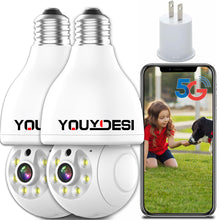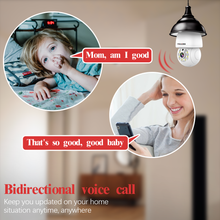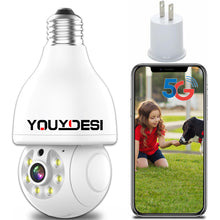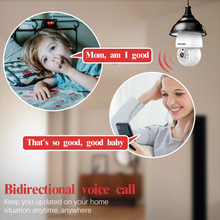1. By Form Factor:
- Bullet Cameras: These have a cylindrical or rectangular shape and are typically used for fixed monitoring. They often have high waterproof ratings, allowing them to perform well in various outdoor environments. They come with a wide range of focal lengths, suitable for long-distance or wide-angle monitoring. Bullet cameras are commonly used for outdoor locations, such as roads, low-light underground areas, and outdoor areas within residential communities.
- Dome Cameras: Dome cameras are characterized by their rounded shape. They integrate the camera, zoom lens, pan-tilt mechanism, decoder, and protective cover into a single unit. They offer full 360-degree horizontal rotation, making them suitable for monitoring wide, open areas.
- Turret or Eyeball Cameras: These cameras have a semi-dome shape and are small and discreet, making them a good choice for areas with fixed monitoring requirements, like office spaces, hallways, and elevators.
- PTZ (Pan-Tilt-Zoom) Cameras: PTZ cameras come with a built-in pan-and-tilt mechanism, allowing them to rotate in both horizontal and vertical directions. Some advanced models even offer automatic tracking functionality for moving objects. PTZ cameras are ideal for scenarios requiring maximum coverage and flexibility.
2. By Power Supply:
- Electric-Powered Cameras: These cameras are connected to a standard 220V power supply and use an external 12V/24V power adapter. This is the traditional and most common power supply method.
- PoE (Power over Ethernet) Cameras: PoE cameras are powered through an Ethernet cable, eliminating the need for a separate power source. They are known for their stable and reliable power supply and are suitable for locations where long-distance cabling is required.
- Battery-Powered Cameras: These cameras run on batteries and are ideal for areas where wiring is inconvenient. They are easy to install but may have higher maintenance costs.
- Solar-Powered Cameras: Solar-powered cameras are equipped with solar panels and batteries for power supply. They are suited for remote locations and can be costly due to their solar components.
3. By Connectivity:
- Wired Cameras: Wired cameras use either Ethernet cables or other video cables for connectivity. They offer stable and high-quality video transmission but require cable installation.
- Wireless Cameras: Wireless cameras connect to your network using Wi-Fi, providing convenience and flexibility, but they may be subject to interference and signal limitations.
- Cellular Cameras: Some surveillance cameras use cellular network connections, allowing them to function in areas with limited or no Wi-Fi access.
4. By Storage Method:
- Memory Card Storage: Surveillance cameras with memory card slots allow local video storage on Micro SD or TF cards. While cost-effective and straightforward, memory card storage may be limited in capacity.
- NVR (Network Video Recorder) Storage: NVR systems record and store video on a centralized network-attached device. These are suitable for multiple-camera setups and long-term high-definition video storage.
- Cloud Storage: Cloud storage is offered by security companies and allows videos to be stored remotely in the cloud. This method ensures the safety and accessibility of your footage but may involve subscription fees.
The type of surveillance camera you choose should align with your Indoor/Outdoor Home Security needs, the specific location of installation, and your preferences for wireless camera connections or light bulb cameras.










